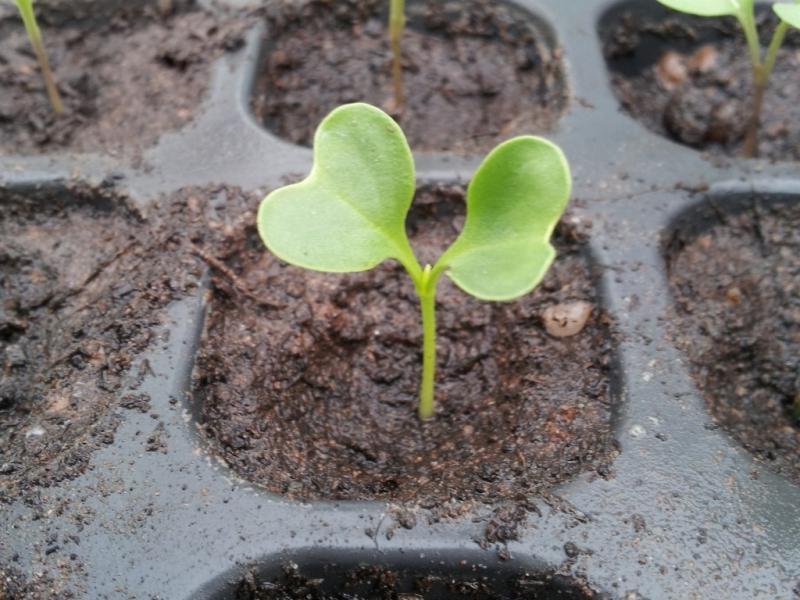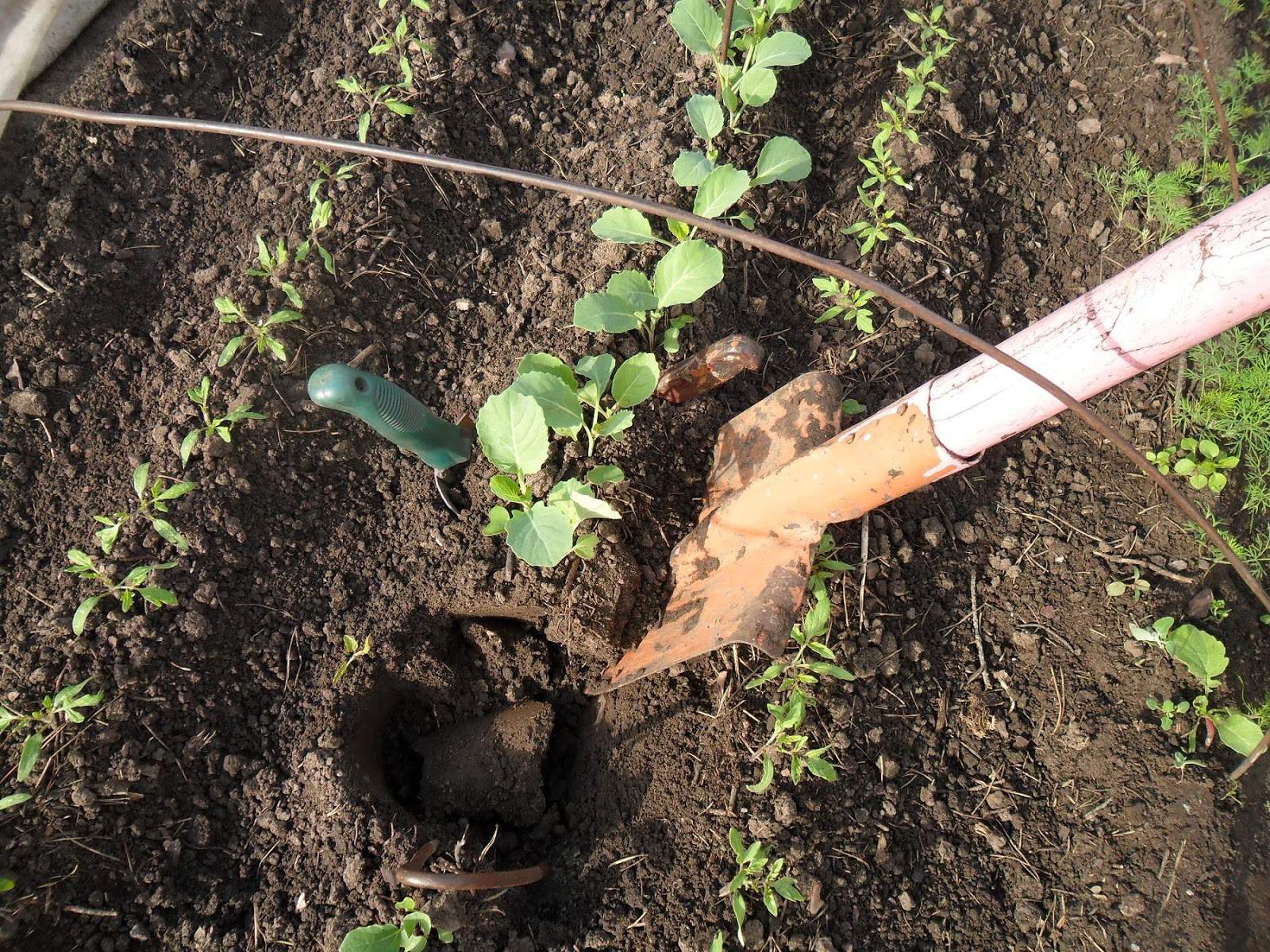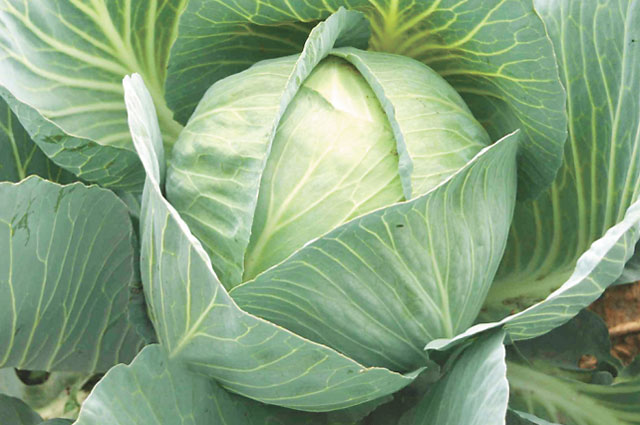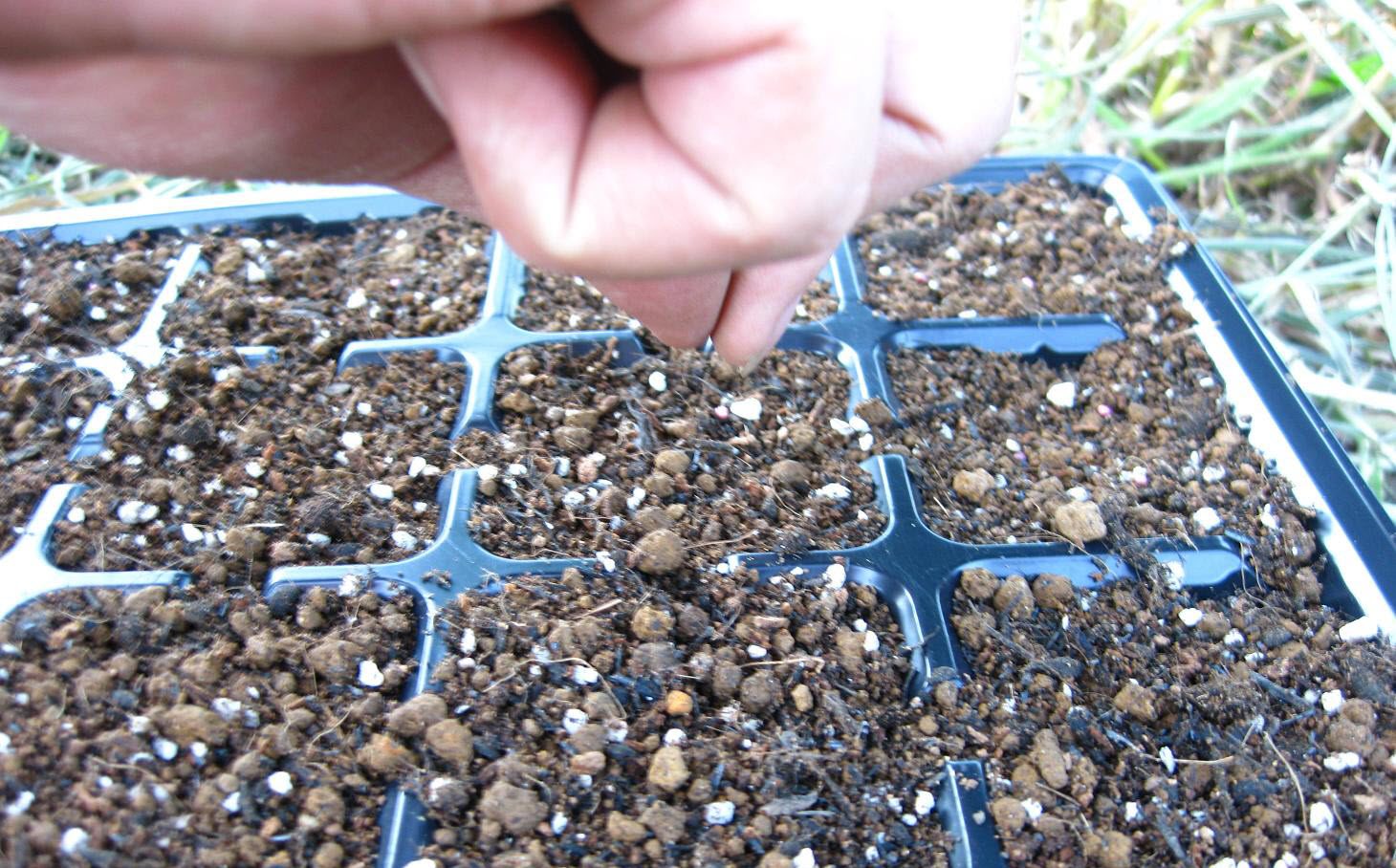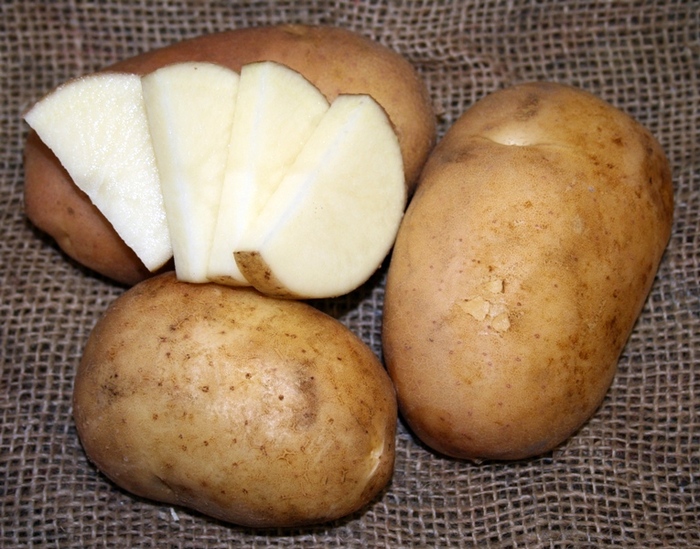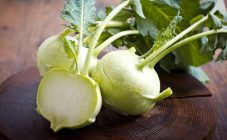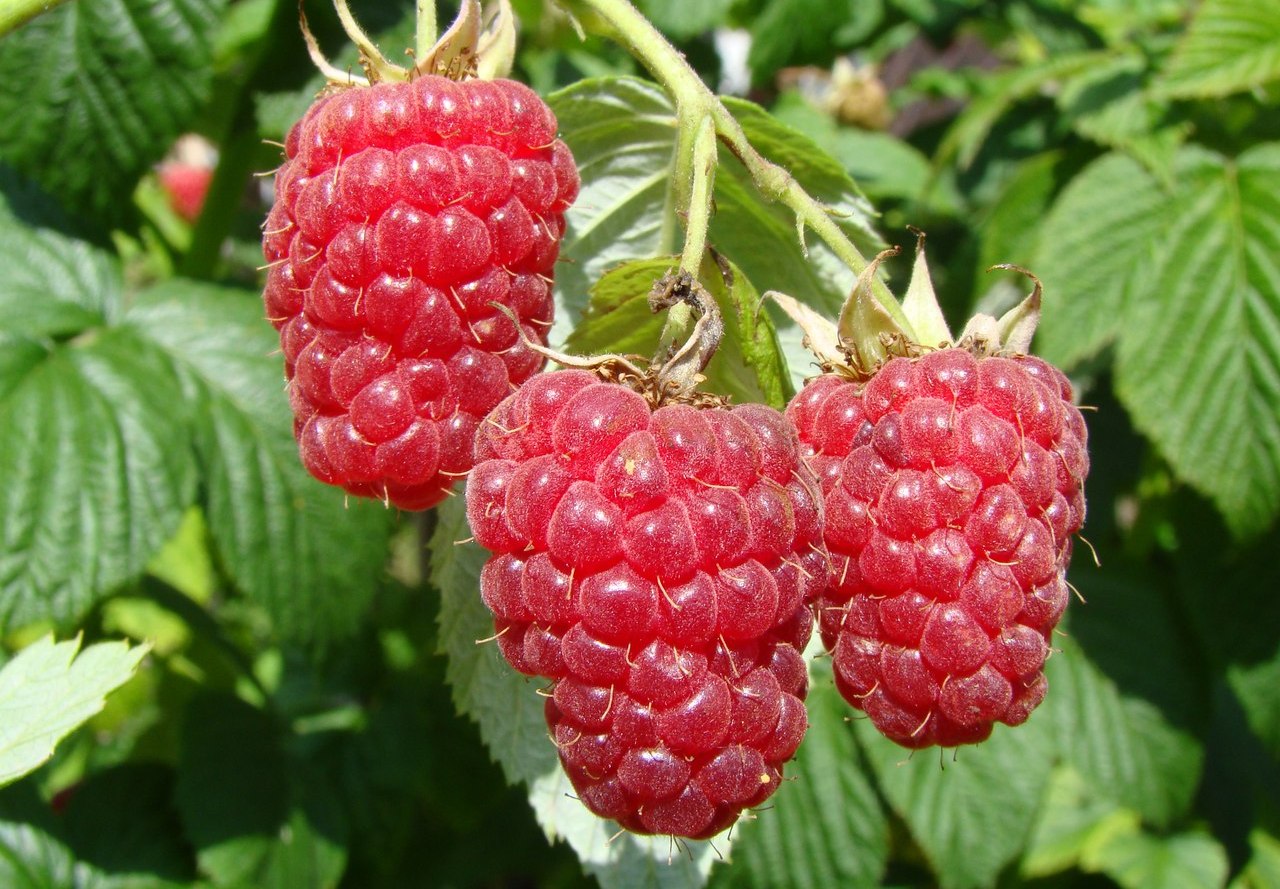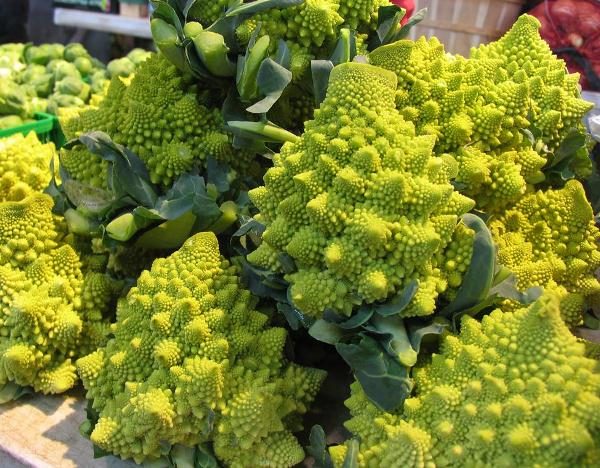Content:
The beginning of sowing cabbage planting material should be carried out in a certain period of time. Sowing the seeds of this vegetable crop too early will lead to excessive germination of seedlings until a temperature regime is established that is suitable for planting seedlings in a permanent place. Taking into account the days recommended for planting cabbage is considered a mandatory agrotechnical condition to ensure the necessary care for the vegetables grown.
Culture information
The ancestors of the cabbage species are considered to be wild species of the Mediterranean regions. Ancient Iberia is the first region where this culture began to be cultivated several thousand years ago. The territories of the further spread of the cabbage plant were the Egyptian state, Greece and the Roman Empire. With the beginning of a new era, cabbage cultivation came to the Balkan Peninsula and the Transcaucasian region.
"Izbornik Svyatoslav" - the oldest reference book of Kievan Rus, dating back to 1076, it contains a whole section on white cabbage. The development of this garden culture in our country was greatly influenced by E.A. Grachev is a domestic breeder who has created many high-quality varietal variations. The most favorable climate for cabbage cultivation is moderately cool.
In cooking, there are many technologies for processing white cabbage:
- fresh vegetables;
- cooking;
- extinguishing;
- salting;
- fermentation;
- marinade;
- drying;
- freezing;
- stuffing.
To determine the suitability of a particular variety for fermentation, you can use the sugar content indicator.
For medicinal purposes, cabbage fruits began to be used in the ancient Greek and ancient Roman states. Finely chopped fresh cabbage has long been used as a highly effective antibacterial agent. In addition, this vegetable has an anti-sclerotic effect. Cabbage fiber removes cholesterol from the body, which is the prevention of atherosclerosis. Sauerkraut brine has a laxative effect, promotes bile secretion and improves digestion. A large amount of potassium in the vegetable helps to remove excess fluid from the body.
The average pH for growing cabbage is 7.
You can increase yields by planting cabbage after the following crops:
- bow;
- potatoes;
- beet;
- tomatoes;
- perennial herbs.
Crops not allowed to be used as predecessors:
- cabbage;
- radish;
- turnip;
- radish;
- broccoli;
- type of cauliflower;
- watercress.
2 years is the permissible period for growing cabbage in one place.
The list of soil types on which cabbage planting is unsuitable:
- heavy clay;
- sandy;
- sour.
Also, the area for growing cabbage seedlings should be open and well lit.
The list of the most popular varietal names includes:
- June is an early cold-resistant variety. The color of the head is light green, the structure is dense, the weight is 2 kilograms. The variety has good gastronomic characteristics;
- Dumas F1 is a high-yielding variety that does not crack. The structure of the head of cabbage is dense, the shape is round, the color is green outside, straw inside, weight - 1 kilogram.The variety has good gastronomic characteristics and is suitable for long distance transportation. Growing in conditions of thickened plantings is acceptable;
- Tobia F1 is a non-cracking variety. The weight of a head of cabbage is 6 kilograms, the color is deep green outside, light yellow inside. The variety has good gastronomic characteristics and disease resistance. Recommended for fermentation;
- Atria F1 is a late-ripening high-yielding variety that does not lend itself to cracking, and is similar to Slava. The weight of the head is 3 kilograms, the color is dark green. The leaves have a pronounced waxy coating. The variety has good gastronomic characteristics and resistance to diseases. Recommended for fermentation;
- Midor F1 is a mid-late variety. The color of the head is bright green on the outside, white on the inside, medium size, dense structure. The leaves have a pronounced waxy coating. The variety has good gastronomic characteristics. Recommended for use in salads and when creating blanks;
- The merchant's wife is a medium late variety, resistant to diseases. The color of the head of cabbage is green outside, white inside, weight - 2.2 kilograms. The variety is suitable for long-term storage. Recommended for pickling and pickling;
- Snow White is a medium late variety suitable for long-term storage. The structure of the head of cabbage is dense, flat-round shape, weight - 3 kilograms. The variety is resistant to decay, diseases, pests, suitable for long-distance transportation. Recommended for fermentation;
- Valentina F1 is a late maturing high-yielding variety suitable for long-term storage. The size of the head is average, weight - 3.5 kilograms, the structure is very dense, the color is green outside, white inside. The variety has good gastronomic characteristics.
About planting and germination of seeds
Many novice summer residents are interested in the question of why the sowing period is due to the belonging of the variety to a certain group, and does the variety affect the time, how many days the cabbage emerges after sowing. All varietal varieties of this garden crop emerge at the same time. The sown planting material, the storage of which does not exceed three years, rises in a quick time - after 10 days. Seeds harvested several years ago will sprout in 14 days. In addition, old seed may not sprout at all.
The early spring period is the time for planting ultra-early and early ripening varieties. Placing such plantings in a greenhouse will accelerate the germination process, after how many days the sown cabbage emerges, due to the absence of the need for further transplantation into a greenhouse, which can lead to deformation of the root system.
Time of emergence
The quality of the agrotechnical care measures affects on what day the sown cabbage seeds sprout. The planting soil should be fertile, the minimum air temperature should be + 15 ° C. Also, the seedlings should receive good lighting.
In addition, the land for planting must be warmed up - when sowing seeds in cold soil, the sprouts will be able to germinate only after 3 weeks. The same applies to the moisture parameters of the planting soil.
How to accelerate seed germination
One way to accelerate germination in order to germinate the seed is to soak it in melt water or rainwater for 12 hours. The water must be changed 3 times, stirring the processed seeds. Further, the planting material should be spread out on wet gauze, covering it from above, under conditions of + 22 ° C air temperature.
You can reduce the emergence time of cabbage seeds using one of three methods:
- bubbling, which consists in soaking the seed in oxygen-enriched water;
- by hardening, moving seeds from cold temperature conditions to warm ones;
- vernalization - soaking the seeds in cold water for a long time before sowing.
The reasons for the lack of seedlings
Seedlings may not sprout for several reasons:
- low air temperature;
- excess irrigation;
- refusal to make a drainage layer.
To achieve that the seedling begins to appear as quickly as possible, it is possible if you follow the following recommendations to help speed up this process:
- warm up the soil before sowing;
- purchase high quality seeds;
- do not use bad planting material;
- provide moderate watering;
- ensure germination at a temperature of at least + 20 ° C;
- create good lighting conditions.
The germination time depends on the quality of care and external conditions. However, the purchased seed must also be of high quality.
